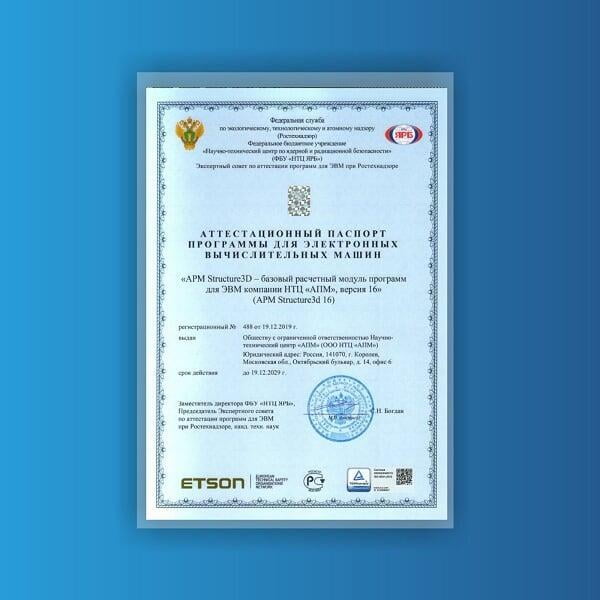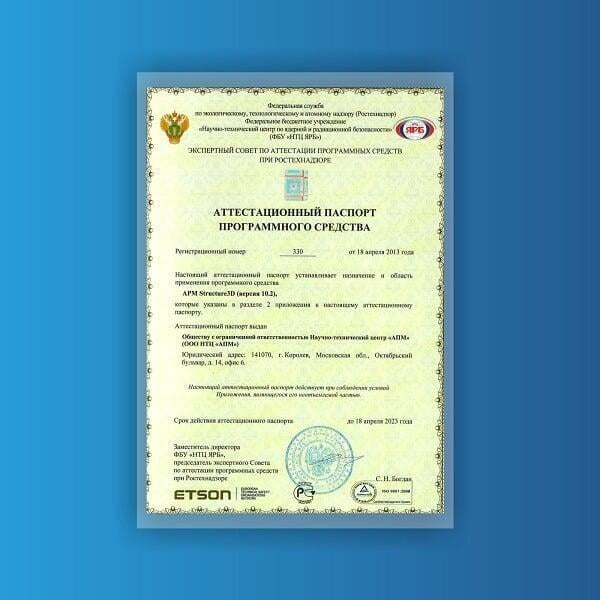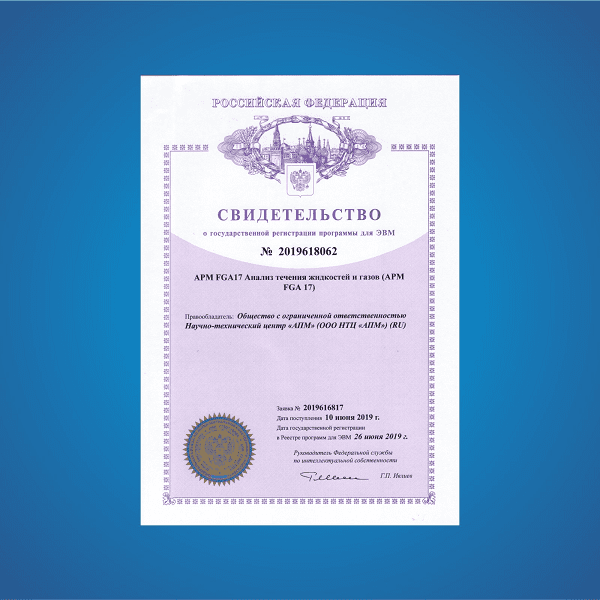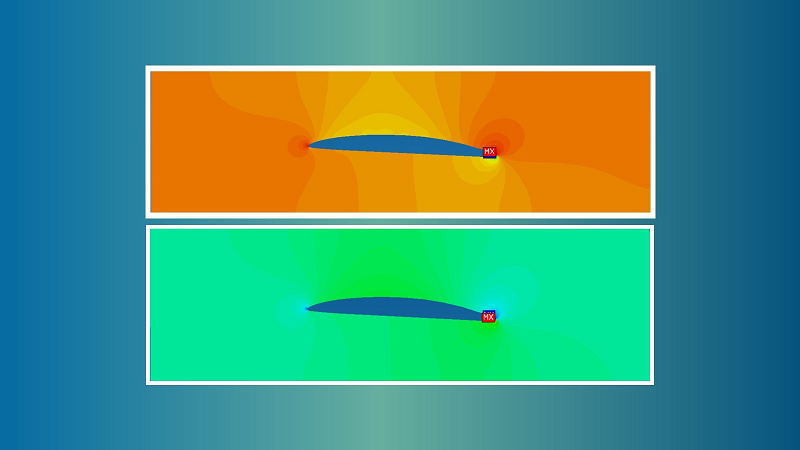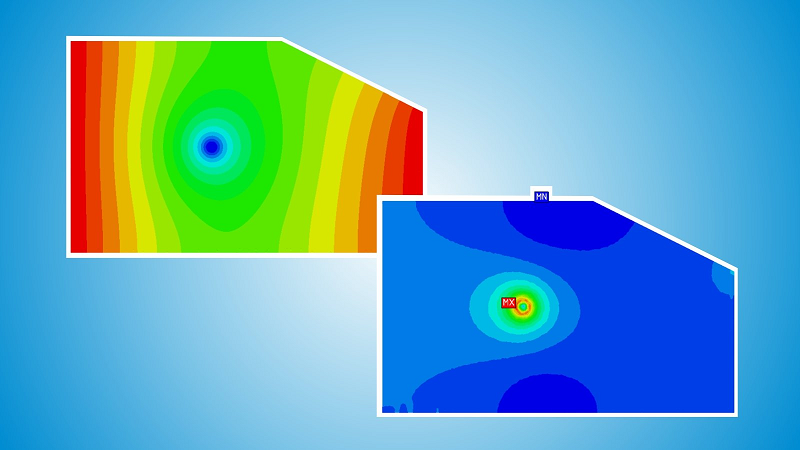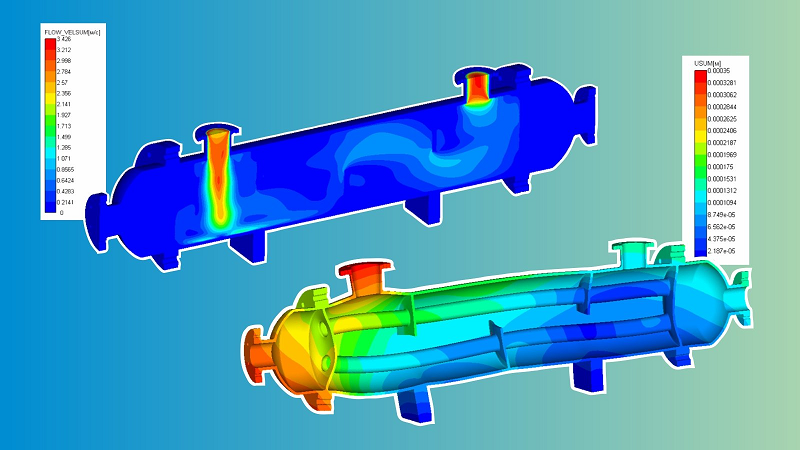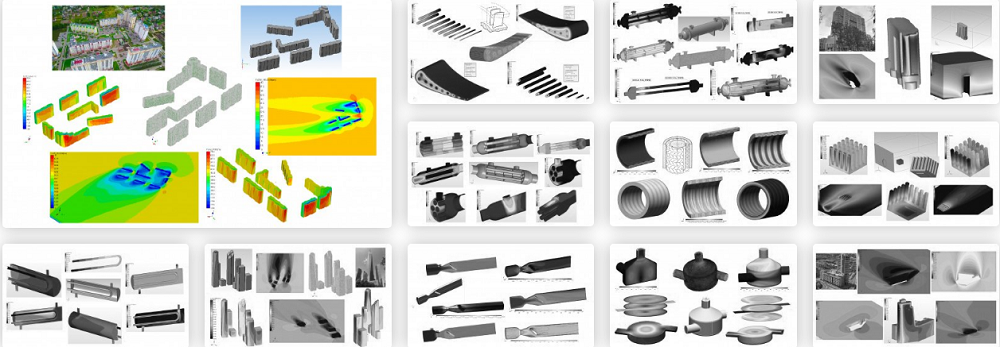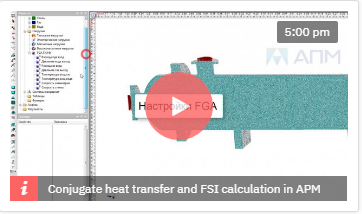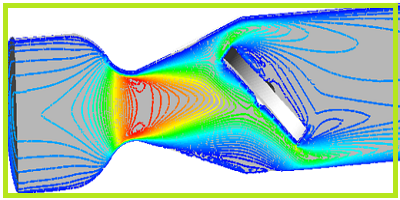Computer-aided analysis of the mechanics of fluids (APM FGA)
 The APM FGA software product is created on the basis of APM Structure3D and APM Studio modules and is designed to analyze the kinematic, dynamic, thermal, energy and force characteristics of flows of liquid and gas media, as well as to quantitatively and qualitatively assess their impact in the design of a number of engineering and technical objects, such as:
The APM FGA software product is created on the basis of APM Structure3D and APM Studio modules and is designed to analyze the kinematic, dynamic, thermal, energy and force characteristics of flows of liquid and gas media, as well as to quantitatively and qualitatively assess their impact in the design of a number of engineering and technical objects, such as:
- hydraulic and pneumatic equipment for various purposes, automatic control systems in which liquid or gas act as working media;
- heating, cooling and ventilation systems in which liquid or gas act as heat carriers;
Analysis of potential flows makes it possible to calculate the pressure and velocity fields of ideal flows (incompressible, isothermal, inviscid).
Analysis of flow filtration in stationary and non-stationary formulations makes it possible to calculate the pressure and velocity fields of flows through an orthotropic porous medium.
Analysis of Navier-Stokes flows can be used to calculate the fields of kinematic, dynamic, thermal, energy characteristics of internal / external low-compressive flows in a stationary laminar / turbulent isothermal / thermal setting.
SOFTWARE CERTIFICATION PASSPORT 2019 This attestation passport establishes the purpose and scope of the APM Structure 3D software tool.
This attestation passport establishes the purpose and scope of the APM Structure 3D software tool.
SOFTWARE CERTIFICATION PASSPORT 2013 This attestation passport establishes the purpose and scope of the APM Structure 3D software tool.
This attestation passport establishes the purpose and scope of the APM Structure 3D software tool.
- APM Structure3D - a module for calculating the stress-strain state, stability, natural and forced vibrations of parts and structures by the finite element method;
- APM Studio is a pre- and postprocessor for creating models for strength (finite element) analysis with the ability to import STEP files.
Detailed installation instructions are described in the document.
 Minimum hardware requirements:
Minimum hardware requirements:
- Two processors (cores) supporting 64-bit addressing.
- The amount of RAM is 4 GB.
- The amount of free space on the hard disk is 500 GB. A Radeon or Nvidia graphics card with hardware OpenGL support.
Hardware Requirements for Comfortable Operation:
- 4-core processor supporting 64-bit addressing.
- The amount of RAM is 12 GB.
- The size of free space on the hard disk is 1.5 TB.
- Video card with hardware support for OpenGL.
The best option for PC components:
- Two or more physical processors supporting 64-bit addressing.
- The amount of RAM - 32 GB and more.
- Radeon or Nvidia graphics card with hardware support for OpenGL.
- The presence of 3 physical disks:the 1st physical disk 1.5 TB is intended for the installation and operation of the OS;2nd physical disk 1.5 TB is designed for storing and recording calculation files;The 3rd physical disk 2.0 TB in RAID0 arrays is intended for writing / reading temporary files.
The software is designed for personal computers and runs in the operating environments MS Windows Server 2008, MS Windows Server 2012, MS Windows 8, 10
The APM FGA software product is based on the APM Structure3D and APM Studio modules and is designed to analyze the kinematic, dynamic, thermal, energy and power characteristics of the flow of liquid and gaseous media, as well as quantitative and qualitative assessment of their influence in the design of a number of engineering objects such as:
- hydraulic and pneumatic equipment for various purposes, automatic control systems in which liquid or gas act as working media;
- heating, cooling and ventilation systems in which liquid or gas acts as heat transfer fluids;
- objects that are exposed to wind flow.
Analysis of potential flows allows calculating the pressure and velocity fields of ideal flows (incompressible, isothermal, non-viscous).
Analysis of the filtration of flows in stationary and non-stationary statements allows calculating the fields of pressure and flow rates through an orthotropic porous medium.
Navier-Stokes analysis of currents can be used to calculate the kinematic, dynamic, thermal, energy characteristics of internal / external low-compressive flows in stationary laminar / turbulent isothermal / thermal settings.
The product allows for finite element analysis of flows of liquids and gases to produce spatial kinematic, dynamic and energy characteristics, comprehensively describing their behavior with different boundary conditions and physical properties.
Main features:
- Statics and dynamics of currents with the definition of fields of kinematic, dynamic, thermal and strength characteristics;
- Related problems of heat and mass transfer taking into account the flow turbulence;
- Calculation of pipeline systems, hydraulic and pneumatic equipment, hydraulic and pneumatic actuators for various purposes, automatic control systems;
- Solution of the problems of flow filtration in orthotropic porous media and soils in stationary and nonstationary formulations;
- Output of analysis results in the form of contour and vector static maps, animation of scalar and vector fields in the calculation of non-stationary transient processes.

